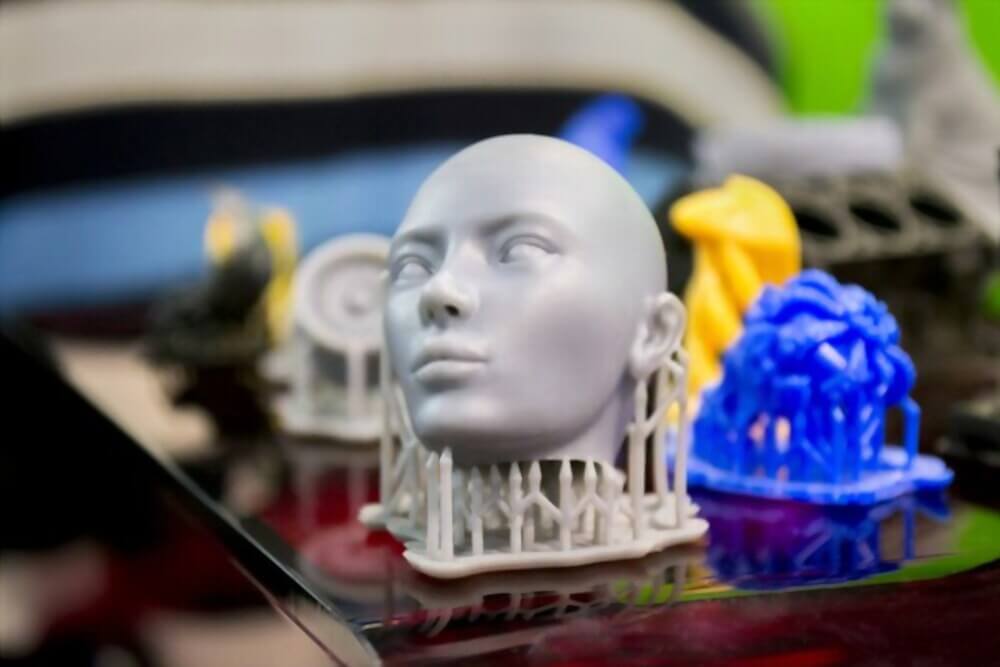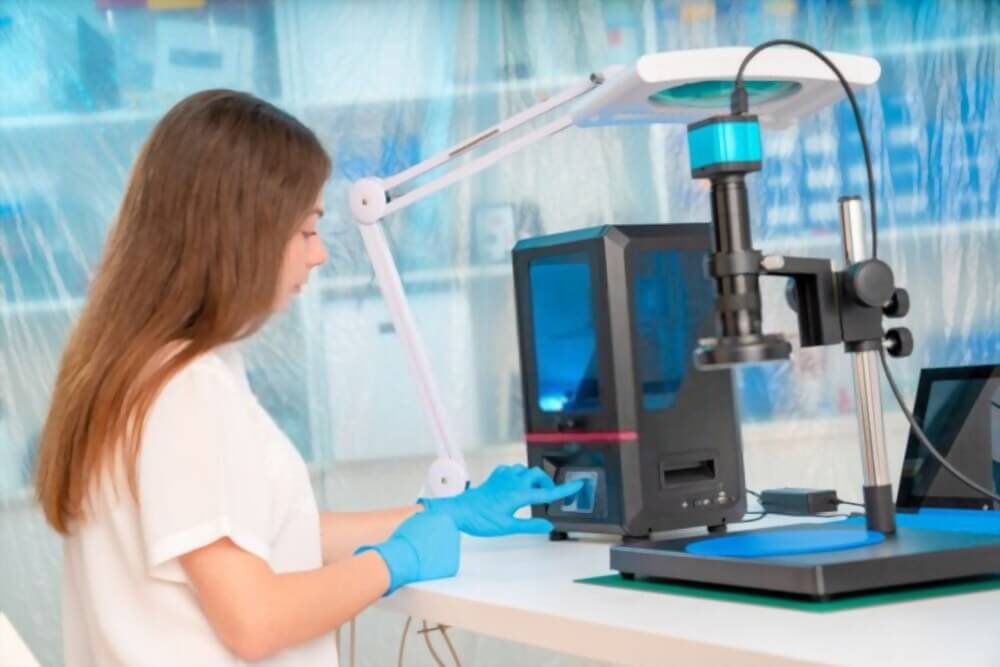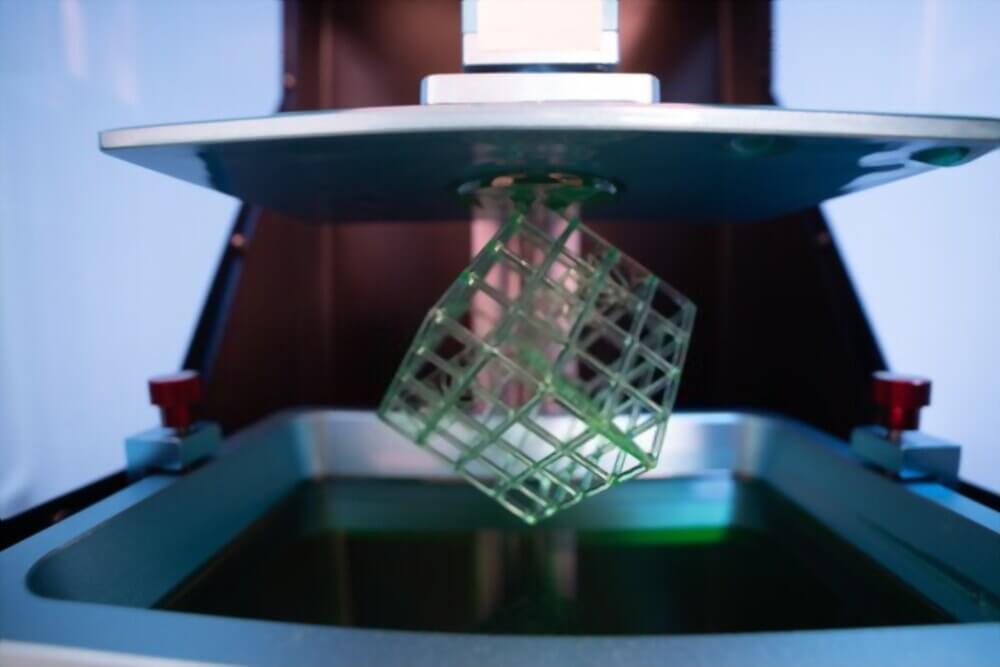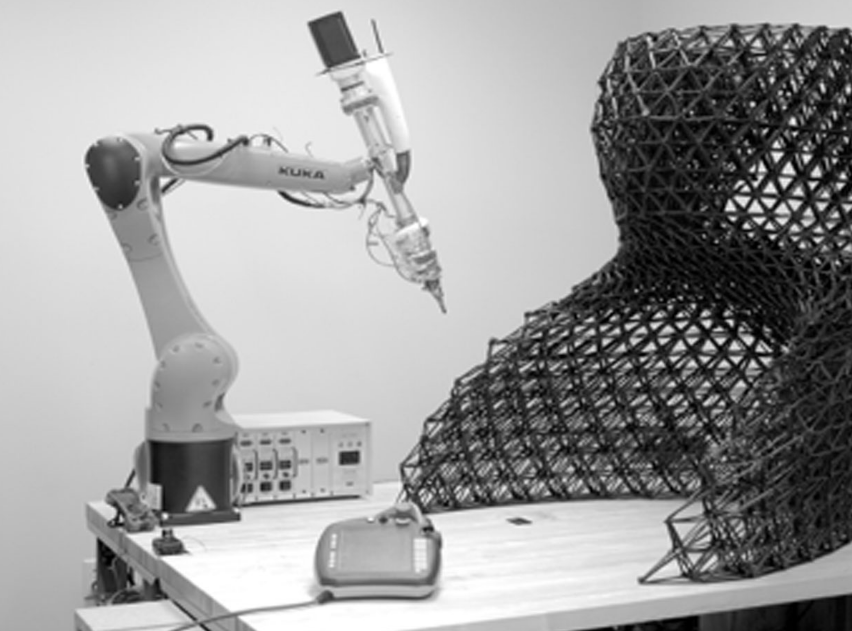You
can produce three-dimensional solid objects or parts from digital files
using a wide range of 3D printers. Each 3D printer is driven by a
specific 3D printing technology. According to Statista,
the top three most used 3D printing technologies are fused deposition
modeling (FDM), Selective laser sintering (SLS), or stereolithography
(SLA). You must understand the important aspects of stereolithography 3D
printing to choose the right 3D printing technologies.
What is Stereolithography 3D Printing?

Despite
being one of the most widely used 3D printing technologies,
stereolithography is one of the oldest additive manufacturing
technologies which was created and patented in 1986. Initially,
stereolithography was developed as a technology to promote rapid
prototyping. The engineers were using stereolithography to create
prototypes rapidly by converting liquid plastic into solid objects.
According to Wikipedia,
“Stereolithography (SLA or SL) is a form of 3D printing technology used
for creating models, prototypes, patterns, and production parts in a
layer by layer fashion using photochemical processes by which light
causes chemical monomers and oligomers to cross-link together to form
polymers. Those polymers then make up the body of a three-dimensional
solid.”

SLA
3D printers are designed with a light source, a resin tank, and a build
platform. The light source produced 3D models from digital files by
curing or solidifying polymer resin deposited layer by layer. Once the
printing process is completed, the 3D model is removed from the build
platform for post-processing. Hence, the models or objects produced
using SLA 3D printing technology have smooth surfaces with optimal accuracy and precision.
What are the Major Advantages of Stereolithography 3D Printing?
Accuracy and Precision
Stereolithography scores over other 3D printing technologies in the category of precision and accuracy. It creates 3D models by depositing and curing resin in layers ranging from 0.5 mm to 0.10 mm. Also, the resin filament is cured using fine laser beams. That is why; engineers opt for this 3D printing technology when they have to produce models with complex geometries and realistic finishes.
High-Quality Prototypes
Often engineers have to alter or modify prototypes to meet design ideas precisely. They look for 3D printing technologies that enable them to produce high-quality prototypes with complex geometric shapes and detailed features. The popularity of SLA 3D printing remains intact due to its effectiveness in producing high-quality prototypes.
Single-Stage Production
SLA 3D printers produce models and parts by depositing resin filament layer by layer. But this category of 3D printers produces items through a single-stage production process. Hence, the engineers can get 3D-printed objects with smoother surfaces without additional finishing and post-processing.
Low Material Consumption
Unlike other 3D printing technologies, stereolithography uses various forms of liquid resin. The SLA 3D printers produce models and parts by solidifying the liquid resin through photochemical processes. The photochemical process helps engineers to reduce material consumption. Also, they can curtail overall material costs by eliminating the need to create a mold.
Varying Build Volumes
Engineers can use stereolithography 3D printing technology to produce a variety of models, prototypes, and objects using different types of filaments. Also, SLA 3D printing technology supports build volume to the extent of 50 x 50 x 60 cm³ without sacrificing quality and precision. That is why; the oldest 3D printing technology is still used widely by engineers to create a variety of flexible and rigid objects. Also, engineers can easily customize the 3D model by choosing or changing colors.
What are the important Disadvantages of Stereolithography 3D Printing?
Fragile Prototypes

SLA 3D printers allow engineers to produce prototypes physically using a variety of resins. But resin cannot be used to produce solid objects that are strong and durable. The engineers often produce prototypes that are much more fragile than the final parts. Also, the prototypes produced using stereolithography cannot endure heat and withstand mechanical testing.
Support Structure
As mentioned earlier, SLA 3D printers need support structures to support the solid three-dimensional models. The support structure restricts engineers from experimenting with new design ideas. Also, the engineers need to perform post-processing to deliver high-quality prototypes. They often sand and polish the resin filament to boost the quality of prototypes.
Additional Printing Time
Stereolithography requires additional time than other 3D printing technologies to produce a prototype or model. Hence, manufacturers can use SLA 3D printers to produce only three copies of a model or prototype. They cannot leverage this technology for the mass production of models.
Higher Material Cost
The
stereolithography 3D printers are much smaller in size than FDM 3D
printers. Hence, manufacturers cannot use SLA 3D printing technology to
produce larger models and parts. Also, the resin is one of the more
expensive 3D printing materials. Manufacturers have to incur a higher
cost to produce prototypes using various types of SLA materials.
When Should You Opt for Stereolithography 3D Printing Technology?
Stereolithography 3D printing was initially developed as a rapid prototyping technology. Engineers and manufacturers still opt for SLA 3D printing to create and alter prototypes rapidly. The mature 3D printing technology is also used widely by enterprises to produce models or parts with a higher level of accuracy, precision, and details. Most of the SLA 3D printers are developed with features to meet the varying requirements of industrial and enterprise users.
But
several startups have launched consumer SLA 3D printers. The consumer
3D printers enable users to produce a variety of accessories and home
decors at home. Enthusiasts these days have the option to buy desktop
machines that produces a variety of objects and items using
stereolithography 3D printing technology. That is why; you can easily
produce a wide variety of three-dimensional items using the appropriate
SLA 3D printer. You also have the option to choose from a variety of SLA
materials – standard resin, engineering resin, castable resin, and
medical resin.
Stereolithography
3D printing is currently one of the widely used 3D printing
technologies. But SLA 3D printing, like other 3D printing technologies,
has its own pros and cons. You must keep in mind its pros and cons while
comparing stereolithography 3D printing with other widely used 3D
printing technologies.
Keywords: stereolithography 3D printing, SLA 3D printing
References
https://www.statista.com/statistics/560304/worldwide-survey-3d-printing-top-technologies/
https://www.makerbot.com/stories/design/types-of-3d-printing-technologies/
https://www.protolabs.co.uk/services/3d-printing/stereolithography/
https://www.hubs.com/knowledge-base/sla-3d-printing-materials-compared/
https://www.livescience.com/38190-stereolithography.html
https://all3dp.com/2/stereolithography-3d-printing-simply-explained/
https://formlabs.com/asia/blog/ultimate-guide-to-stereolithography-sla-3d-printing/
http://www.magforms.com/article-100.html
https://www.3d-stereolithography.com/advantages-and-disadvantages/

No comments:
Post a Comment